Another day, and another weather balloon ascends gracefully into the clear blue skies above Northern California. But this balloon isn’t headed up to the stratosphere to predict the weather—it’s going there to change it.
Make Sunsets is a tiny start-up headquartered in South Dakota that is using balloons to release small quantities of sulfur dioxide into the upper atmosphere, in the hope of reflecting some of the Sun’s energy away from the earth. Each gram of SO2, says Andrew Song, one of Make Sunsets’ founders, offsets the warming from one metric ton of carbon dioxide released by burning fossil fuels. Not everyone is convinced by Make Sunsets’ methods, however—and many researchers and environmentalists worry the startup’s unregulated operations are disrupting more responsible research into geoengineering, including a prominent effort at Harvard.
Make Sunsets’ name is a reference to the dramatic sunsets that high-altitude SO2 particles can produce, as seen following the eruption of Mount Pinatubo in 1991. That eruption briefly depressed global temperatures by about 0.2 °C for a year, until the particles slowly returned to Earth.
– YouTubeyoutu.be
The 53 kilograms of sulfur dioxide Make Sunsets has released since February 2023 is the cooling equivalent of planting 2.5 million trees, again for about a year, says Song, although neither he nor anyone at Make Sunsets is a professional climate scientist. “The largest direct air capture facility in the world can only remove about 4,000 to 5,000 tons per year,” he says. “We could do that in literally one session with balloons, without the capital costs. We are only restricted by customer demand.”
Make Sunsets finances its operations by selling US $10 “cooling credits” for launching each gram of SO2. Customers include both individuals and corporate customers like Numerous.ai, which was looking to offset emissions-related warming from its AI spreadsheet software.
“I believe that stratospheric SO2 injection is now well-researched enough that the risks associated with it are smaller than the risks of the effects of the temperature rise it prevents,“ says Mehran Jalali, co-founder of Numerous.ai. “Dealing with Make Sunsets was very simple and their answers to my many questions made sense.”
Not everyone is happy with Make Sunsets
But although solar geoengineering promises one of the quickest routes to reducing warming quickly (if only temporarily), not everyone is happy with Make Sunsets. “There’s a lot of disagreement among folks thinking about solar geoengineering, but most agree that Make Sunsets is a bad idea,” says Sikina Jinnah, a professor of environmental studies at the University of California Santa Cruz. Jinnah was also the co-chair of Harvard University’s Stratospheric Controlled Perturbation Experiment (SCoPEX) advisory committee, one of the first efforts to design a governance framework for an…
Read full article: Make Sunsets Is a Controversial Solar Geoengineering Startup

The post “Make Sunsets Is a Controversial Solar Geoengineering Startup” by Mark Harris was published on 09/03/2024 by spectrum.ieee.org










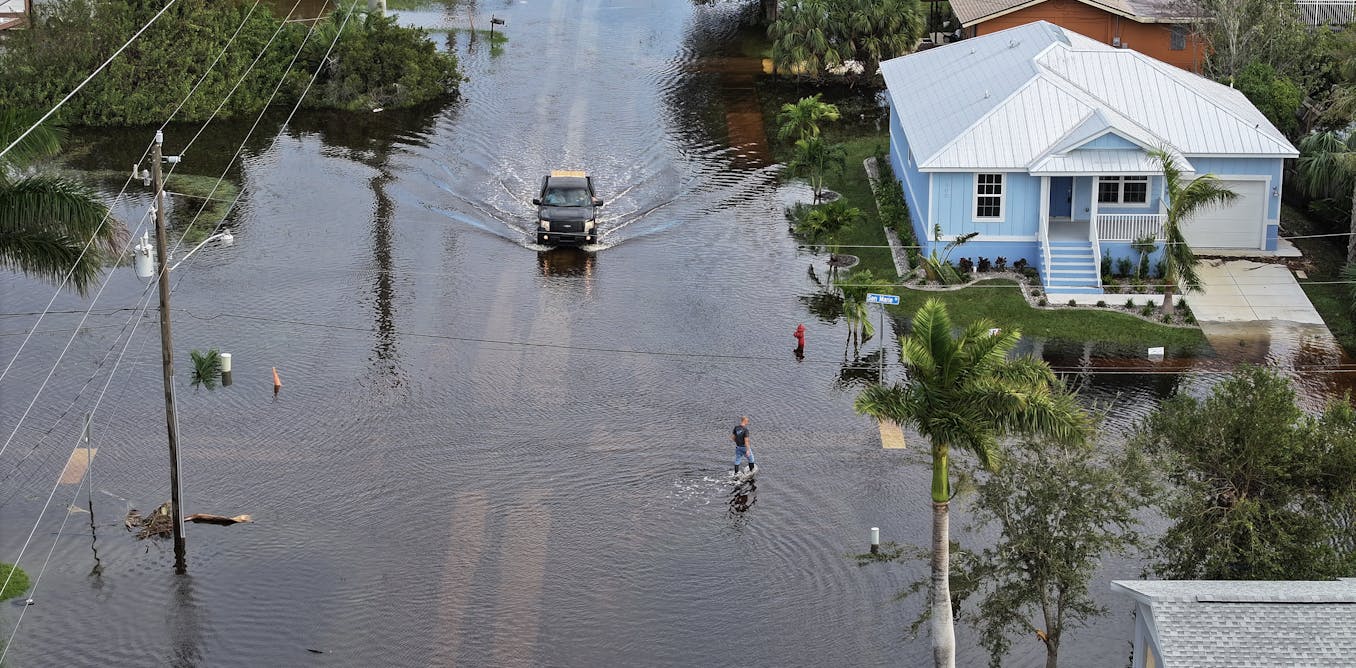


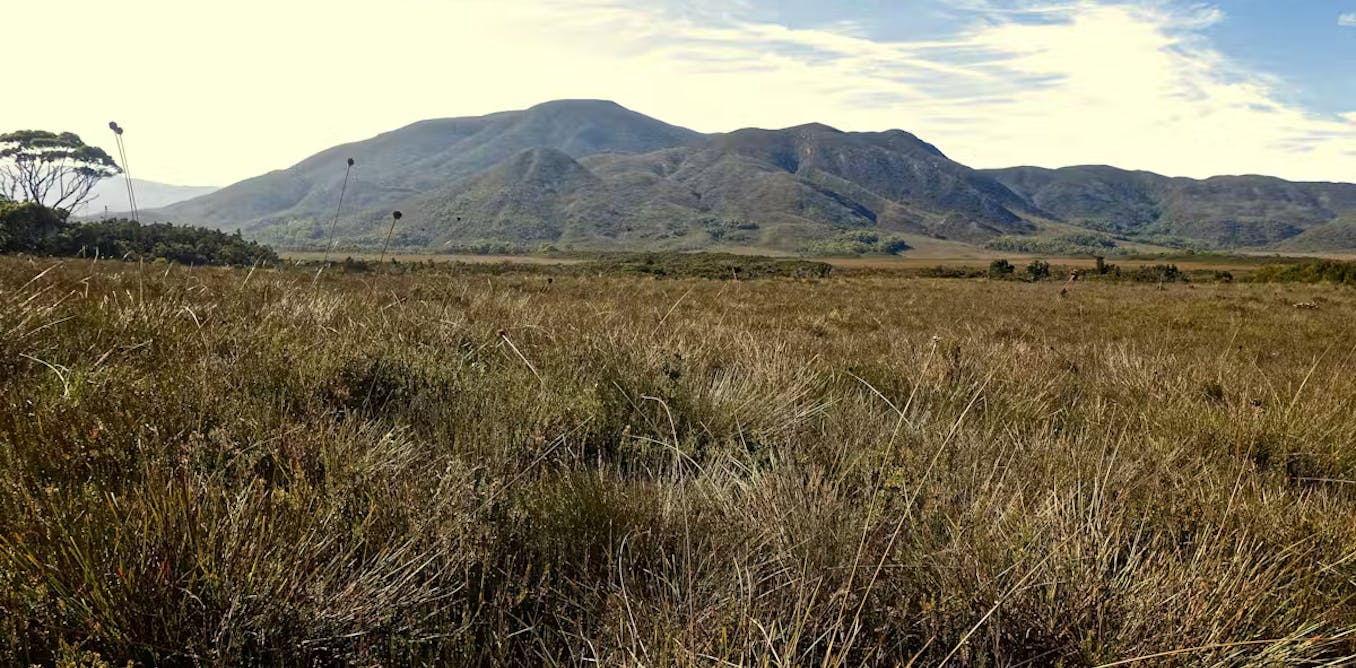













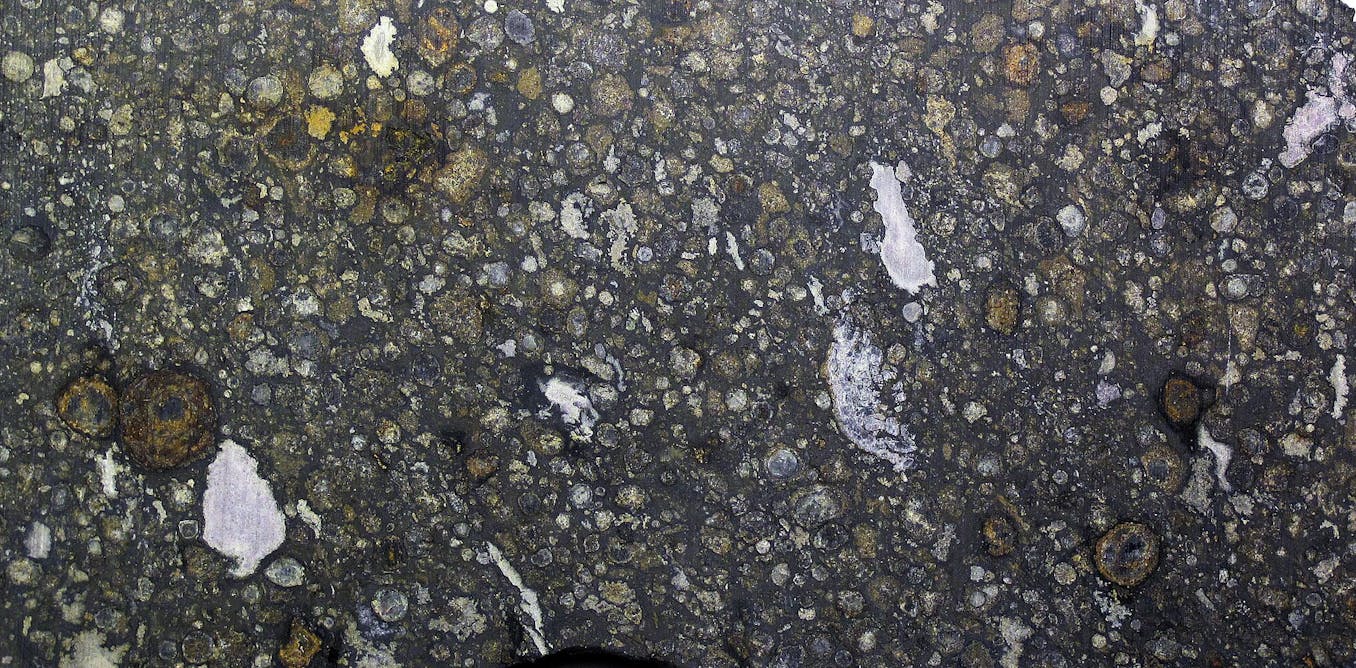







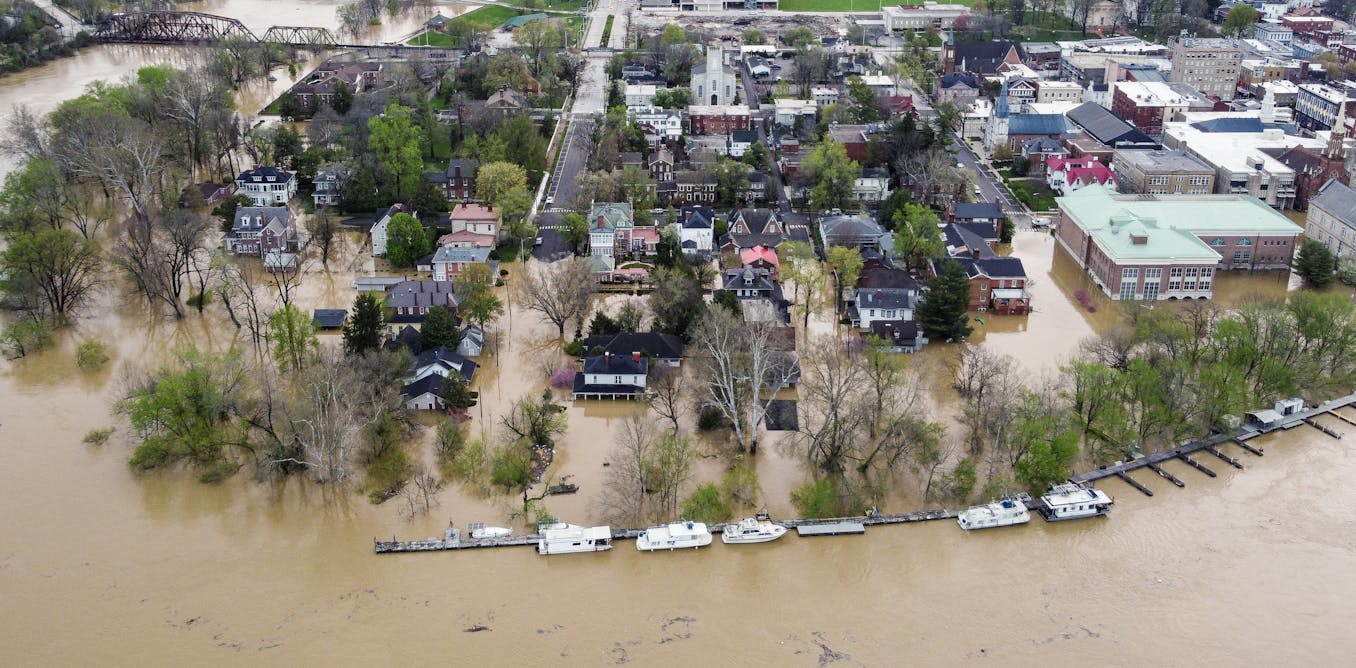
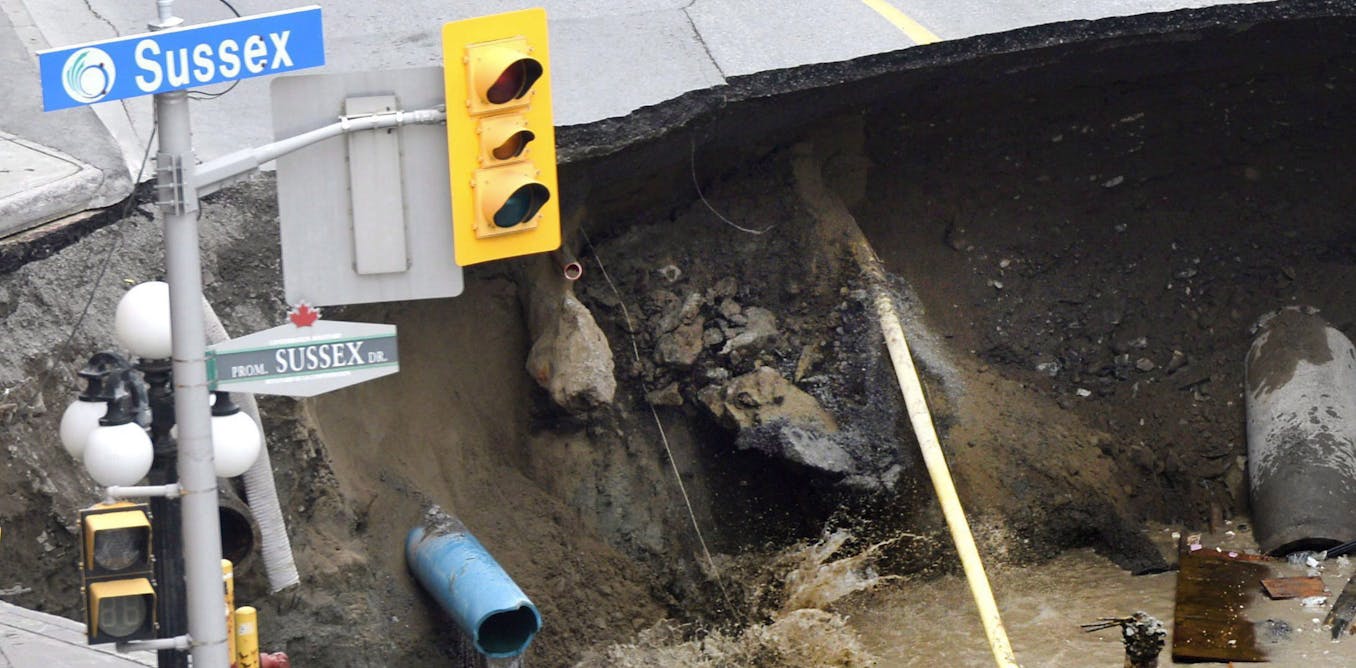
Leave a Reply